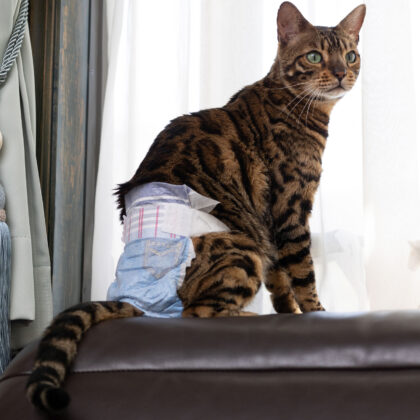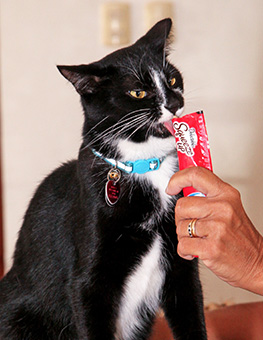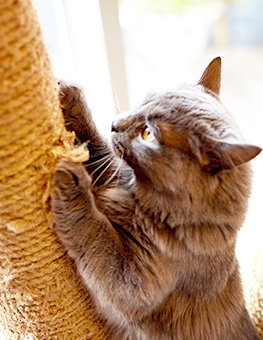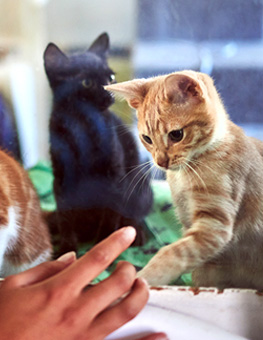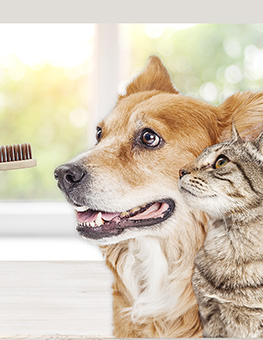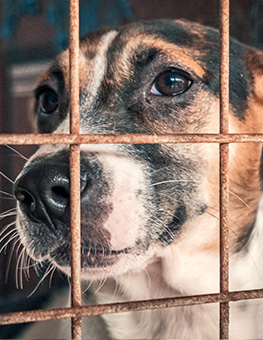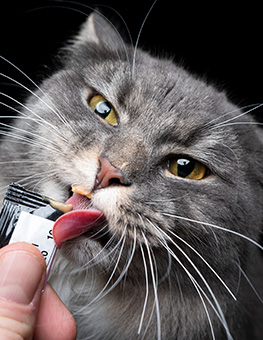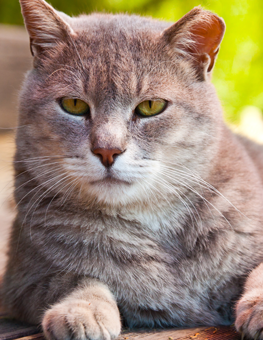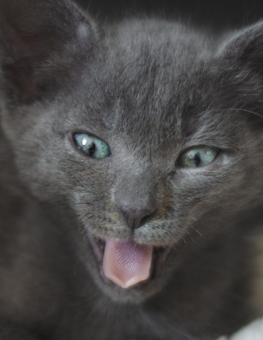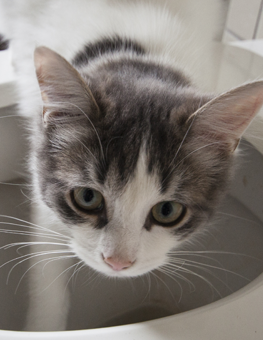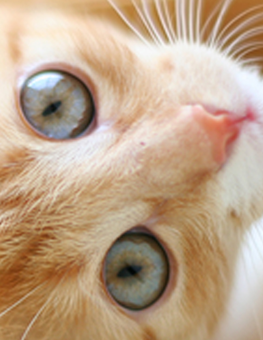Importance of Pet Proofing Your Home
We love our pets like family, and often times we may not be aware of the many common items in the home that can pose a potential hazards for pets. It is important to pet proof a home with the same diligence that we use to baby-proof our homes before the arrival of a new baby.
Written by Dr. Georgette Wilson

Avoid the temptation to offer your furbabies human "treats" as they may be a hazard to their health.
In general, the major sources of potential hazards for our pets include foods, plants, medications, and everyday household items.
Pet Health Hazards: Be Careful What You Share
When we enjoy foods and snacks, we may be tempted to offer some to our furry family members, especially when they’re staring at us with those big brown soulful eyes! However, these “treats” may be an unexpected health hazard for our pets.
Chocolate can cause stomach upset, heart arrhythmias, seizures, and even death. In general, the darker the chocolate, the more dangerous it is, with white chocolate being the least toxic and baker’s chocolate being the most lethal. Both grapes and raisins have been associated with kidney failure in dogs. It is well documented that onion and garlic cause red blood cell damage in cats and dogs. Some nuts, like macadamia nuts, can cause weakness and neurologic signs in dogs. Xylitol, an artificial sweetener increasingly seen in many food products, can cause serious and possibly fatal consequences in cats and dogs because it can lower blood sugar to dangerously low levels. It’s therefore always a good idea to read ingredient labels carefully.
To be safe, pets should only be offered treats made specifically for them. Hartz offers a complete line of tasty treats made just for cats and dogs.
Pet Proof Plants
With the arrival of spring come many beautiful plants and flowers, but some pet parents may not be aware that some can cause serious medical problems in our pets. Lilies, especially Easter and Tiger lilies, can cause kidney failure in cats, even if cats ingest just a small amount of the plant. Other plants to be careful of include azaleas, daffodils, and tulips. All plants should be kept out of reach of pets, keeping in mind that cats can reach places thought to be inaccessible. Other household items to keep clear of all pets include household cleaners, antifreeze and pest control products like rodent poison and insect bait.
Household Medications

Medications, vitamins and other supplements should be kept out of reach of pets.
Lastly, medications intended for both people and pets can pose significant threats to many pets. Well-meaning pet parents may reach into their own medicine cabinets in an attempt to address minor ailments in their pets. However, many over-the-counter (OTC) medications indicated for people should never be administered to pets without specific instructions from a veterinarian; some OTC medications should never be used at all. Non-steroidal anti-inflammatory drugs (NSAIDs) such as aspirin, ibuprofen, and naproxen should not be used in pets because they can cause gastrointestinal and kidney problems. The common pain killer Tylenol (acetaminophen) can cause damage to the liver and red blood cells, particularly in cats.
Other products, such as prescription medication, vitamins and other supplements, should be kept out of reach of pets. And finally, medications made for pets, such as topical flea and tick products, should never be used on another pet in the household. For example, cats are very sensitive to the active ingredients (such as permethrin and cyphenothrin) found in several topical flea and tick products made for dogs. For this reason, a few manufacturers of topical flea and tick products, such as The Hartz Mountain Corporation, have starting using the same active ingredients for both cat and dog products to help reduce the likelihood of accidental exposure in multi-species households.
Pet parents should always remember that their veterinarians are the best resource for questions about potential hazards for pets!



